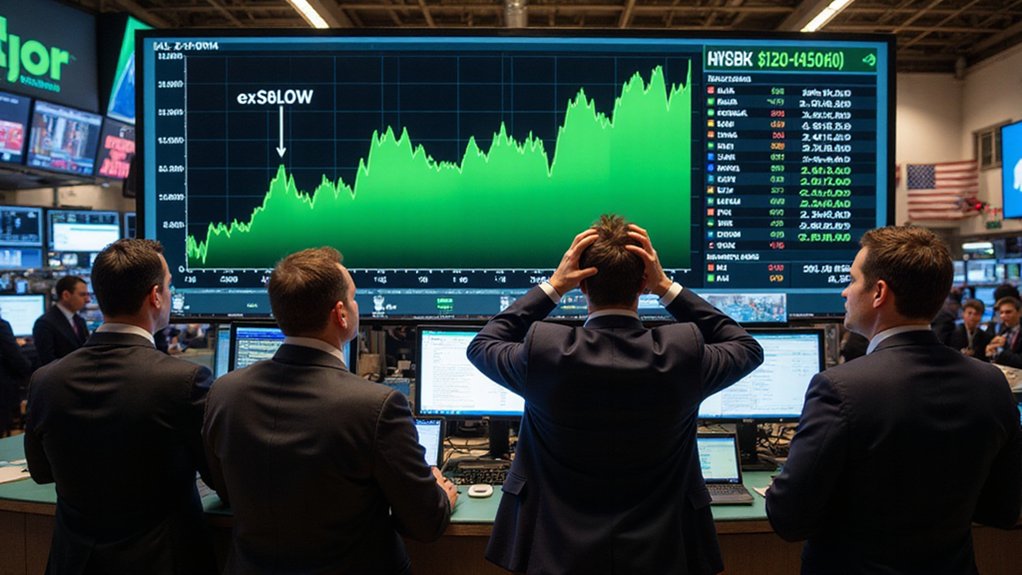Circle’s meteoric debut on public markets delivered the sort of first-day performance that venture capitalists dream about and retail investors rue missing—
The stablecoin issuer’s shares rocketed 168% to close at $83.23, tripling the IPO price in a trading session so volatile that exchanges paused the stock multiple times.
The company behind USDC, the world’s second-largest stablecoin with $61 billion in market capitalization, achieved an $18 billion valuation by day’s end, a figure that would make even the most optimistic Wall Street analysts pause to double-check their calculators.
Trading under ticker “CRCL,” Circle’s debut represents more than just another tech IPO gone stratospheric—it signals institutional finance’s grudging acceptance that digital assets might actually stick around.
Wall Street’s reluctant embrace of crypto assets just got a $18 billion exclamation point courtesy of Circle’s explosive market debut.
Circle’s financial fundamentals, while impressive, hardly justify such exuberance at first glance.
The company reported $1.7 billion in revenue for 2024, with first-quarter 2025 numbers showing $578.6 million in revenue and reserve income (a 59% year-over-year increase) alongside $122.4 million in adjusted EBITDA.
Solid numbers, certainly, but the market’s reaction suggests investors are pricing in something far grander than current performance metrics.
The enthusiasm continued beyond opening day, with shares climbing over 40% to $115.13 on June 6, 2025—a move that transforms early investors into temporary financial geniuses while leaving everyone else wondering whether they’re witnessing prescient positioning or collective delusion.
Major asset managers including BlackRock and ARK Investment demonstrated significant interest, lending institutional credibility to what skeptics might characterize as speculative fervor. BlackRock’s potential 10% stake in Circle serves as a powerful endorsement of the company’s growth trajectory and long-term viability in the digital finance space.
Circle’s public listing introduces unprecedented transparency to the stablecoin sector, where regulatory oversight has traditionally been more suggestion than requirement. The company now faces enhanced oversight from both the NYSE and SEC, requiring new levels of audits and disclosures that mark a departure from the traditionally opaque cryptocurrency sector.
As USDC competes with Tether’s USDT for market dominance, Circle’s regulatory compliance and operational transparency offer a stark contrast to competitors who prefer operating in regulatory gray areas. The stablecoin’s design to maintain value through external reference pegging exemplifies the broader industry’s effort to reduce the extreme volatility that has plagued cryptocurrencies like Bitcoin and Ethereum.
Whether this spectacular debut represents rational recognition of Circle’s role as “core infrastructure for the internet financial system” or simply reflects the market’s perpetual appetite for the next big thing remains to be seen.
What’s certain is that Circle’s management team now faces the delightful burden of justifying a valuation that assumes flawless execution in an industry where regulatory shifts can obliterate business models overnight.








